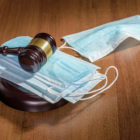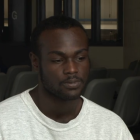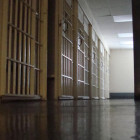
When a young person is sent to a detention facility away from his or her family, it is a drastic intervention and most would agree that our system of justice should approach it with great care. Even if the child is not removed from the community and sent to live in juvenile detention, a delinquency case can now follow the child throughout her life in an increasing number of ways, such as DNA registration, housing access, and sentencing enhancements, and sex offender registration. As a result, on paper, our system of justice purports to provide this child with most of the same procedural checks that we provide to adults and sometimes, in theory, even more. But in reality, our system falls short. Too often, this entire process is left to one overburdened judge with no jury, little public access, sometimes no defender, and, as it turns out, little appellate oversight.









